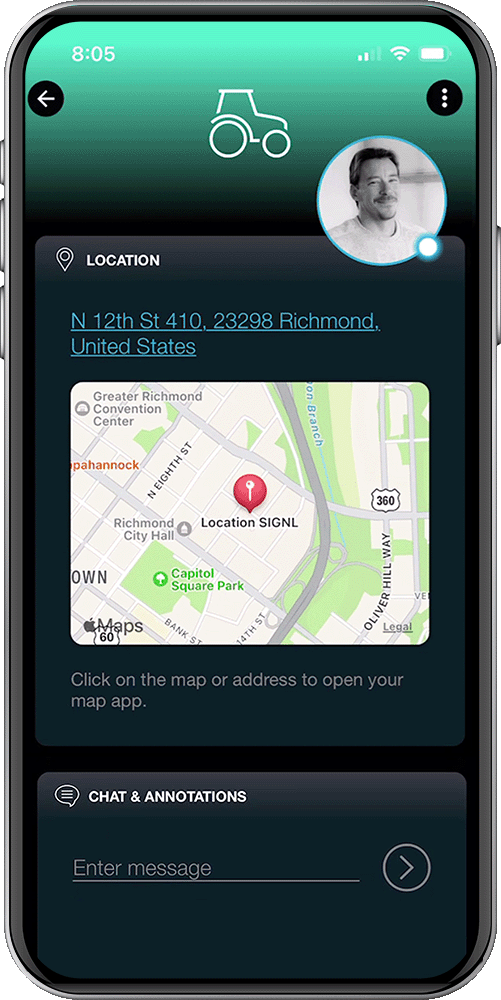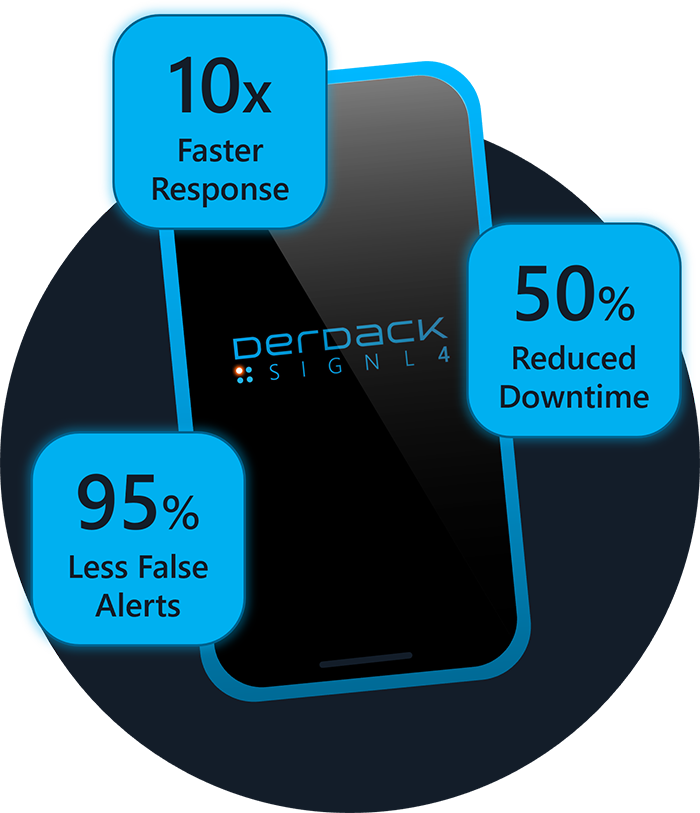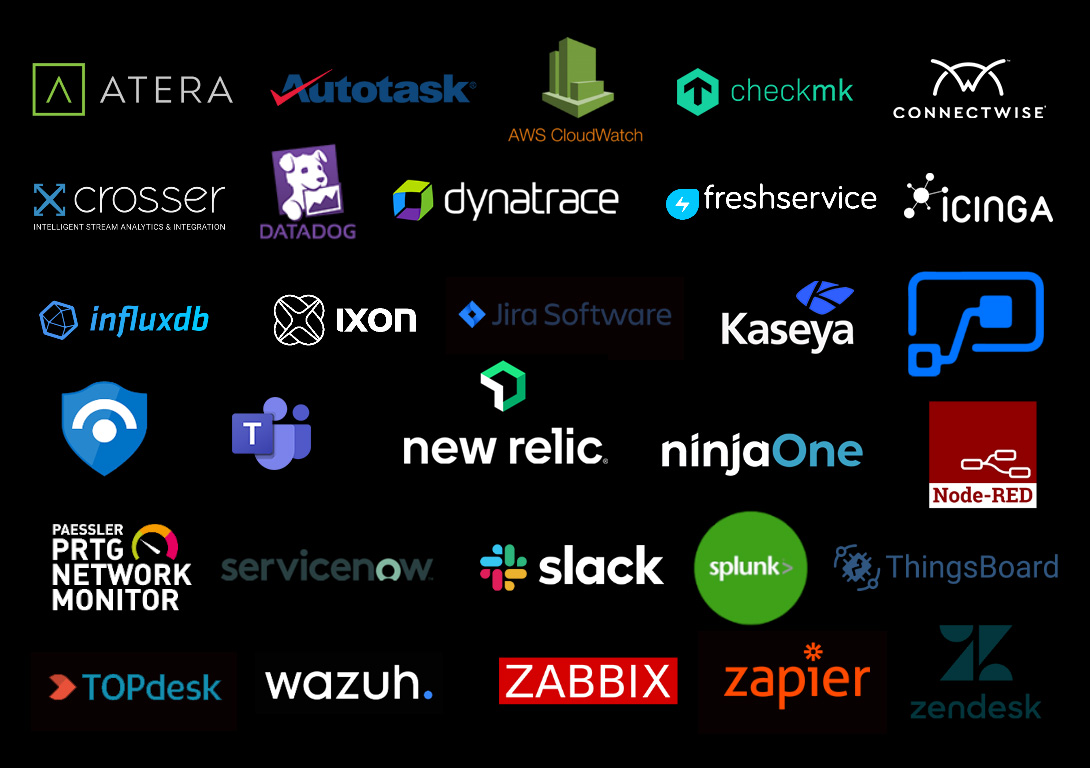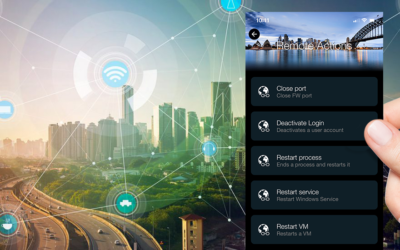Field Service Alerting
Automated mobile Routing of Service Requests and Alerts to Field Service Staff with SIGNL4 Field Service Alerting
How it works
What is SIGNL4?
SIGNL4 is an out-of-the-box, cloud-based field service dispatching and alerting solution. It provides immediate efficiency gains, transparency and much faster response times. Existing systems such as SCADA systems or ticketing solutions can be connected easily and quickly, e. g. by email (Schneider, Wonderware, Siemens, Zenon, AutomationX, Iconics, etc).
„SIGNL4 is a highly intuitive seamless mobile control system for intra-logistics processes. We were looking for an attractive visualization that enables a smooth change management within the teams. Changing process is always a challenge but the greatest sceptics soon became the greatest fans of SIGNL4.”


How it works
Smart Field Service Alerting
On the mobile app field service staff see a real-time job queue and can take ownership of tickets, incident alerts and service requests. Operators see in real-time who responded and who took over which maintenance job. No further communication to search for idle team members or to confirm job ownership is needed. Later shifts can easily see what happened and which jobs were done.
The one-touch communication options help engineers to contact each other to solve problems jointly. An integrated chat allows for real-time communication between experts.
Why SIGNL4?
Benefits
Automated field service alerting with SIGNL4 leads to a much faster response to incidents, quality issues, service jobs or even interruption of mission-critical OT. Your Mean-Time-To-Response (MTTR) is reduced significantly. Alerts are targeted to your teams that are actively on duty and can respond to the issue at hand.
SIGNL4 offers an affordable, fast, and easy option to enhance your operations. It is an essential building block of any smart and automated field service dispatching. The Return-On-Investment (ROI) is quick through the simplification and automation of previously manual processes.


Seamless connectivity
Integrations and APIs
Integrates with SCADA and IoT systems via Email, Webhook, REST and 2-way connectors. Optional S7 PLC connectivity with Edge Proxy. Consolidates events and alerts from multiple sources in OT and IoT, etc. 165+ tested and verified integrations.
A proven solution
Our customers
SIGNL4 has over 1,000 customers in Europe, North America and other regions. SIGNL4 rates 4-5 stars in app stores and on review sites like Capterra, GetApp and G2.







Next Steps
Learn more about SIGNL4 and start your free 30-days trial
Field Service Alerting Related Blogposts
Alarm Notification Software: SIGNL4 is test winner
The renowned German manufacturing magazine "Factory Innovation" recently conducted a comprehensive practical test on four leading alarm notification software for industrial manufacturing in their latest issue (01/23). The four alarming systems that were evaluated...
Remote Actions for IT Remediation, IoT Actions and more
SIGNL4 supports the remote execution of automated tasks or workflows in IT or IoT systems using Remote Actions. These remote actions offer a wide range of applications. You can execute remote actions in response to an alert to trigger some kind of remediation action....
Adding Rich Content to Alerts, Work Orders or Service Requests
When you send alerts, work orders or service requests to your workers in the field, on the shop floor or campus it is essential to provide them with all relevant information necessary to solve the task. This prevents misunderstandings, avoids waste work, time for...




